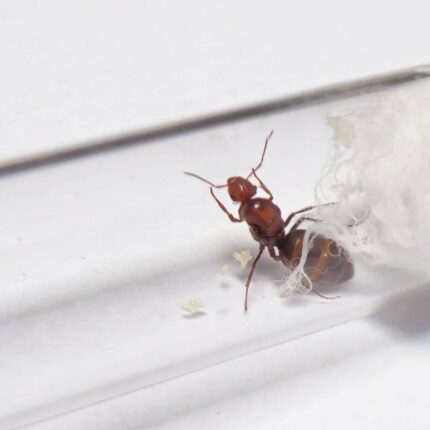
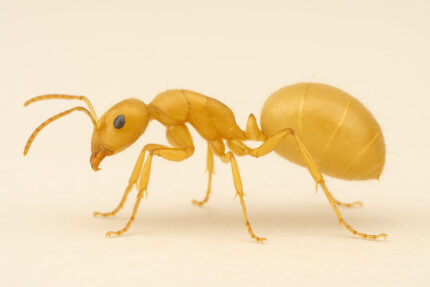
Myrmecocystus wheeleri
$151.11 – $239.04Price range: $151.11 through $239.04
Worldwide shipping
Free delivery over 999 PLN
The highest quality of goods
Live delivery guarantee
24/7 Personal Support
Fair Prices
Description
Myrmecocystus wheeleri is a monogynous ant species with colonies reaching up to 6,000–10,000 workers. They exhibit a moderate development speed. Queens measure approximately 12–14 mm in length, while workers range from 4.5 to 7 mm. Their coloration is generally light to reddish-brown, with a darker, often slightly translucent gaster. Like other species in the genus, they may develop repletes—workers specialized in storing liquid food. Their diet includes small insects, sugary liquids like nectar or syrup, fruits, jelly, and protein-rich foods such as cooked chicken or egg.ir diet includes small insects, sugary liquids like nectar or syrup, fruits, jelly, and protein-rich foods such as cooked chicken or egg.
Additional information
| Behavior | |
|---|---|
| Difficulty in breeding | |
| Origin | |
| The size of ants | |
| Wintering |
Myrmecocystus wheeleri
Colony Type: Monogynous
Colony Size: Up to 8,000–10,000 workers
Development Speed: Medium
Size:
• Queen: 11–13 mm
• Workers: 4–8 mm
Color: Typically golden to reddish-brown head and thorax with a dark brown or black gaster. This species has a slightly fuzzy, matte texture and is visually similar to other honey pot ants like M. mexicanus or M. kennedyi.
Nutrition
- Food insects (such as cockroaches and crickets) dead, or live if colony is big
- Syrup (a mixture of water and honey or sugar, with a ratio of 3 water:1)
- Fruits and vegetables
- Jelly
- Cooked chicken without salt, shrimps
- Honey
Don’t forget to check out our food products to ensure a well-balanced diet for your colony!
Temperature and Humidity
• Humidity:
Arena: 40–60%
Nest: 50–70%
• Temperature:
Arena: 24–32 °C
Nest: 23–27 °C
This is a desert-adapted species, so it prefers warm and relatively dry environments.
Unique Traits
Like other species in the genus, M. wheeleri is known for producing repletes—specialized workers that store sugary liquids in their distended abdomens. These “honey pot” ants are a key survival strategy in their native arid habitats, storing food during times of abundance.
This species is an active forager, often seen quickly exploring its environment and retrieving food sources. Colonies show strong cooperative behavior, and replete formation usually begins after the colony reaches a certain size.
Recommended Nests for breeding
- Acrylic nests
- Cork nests
- Ytong nests
- Gypsum


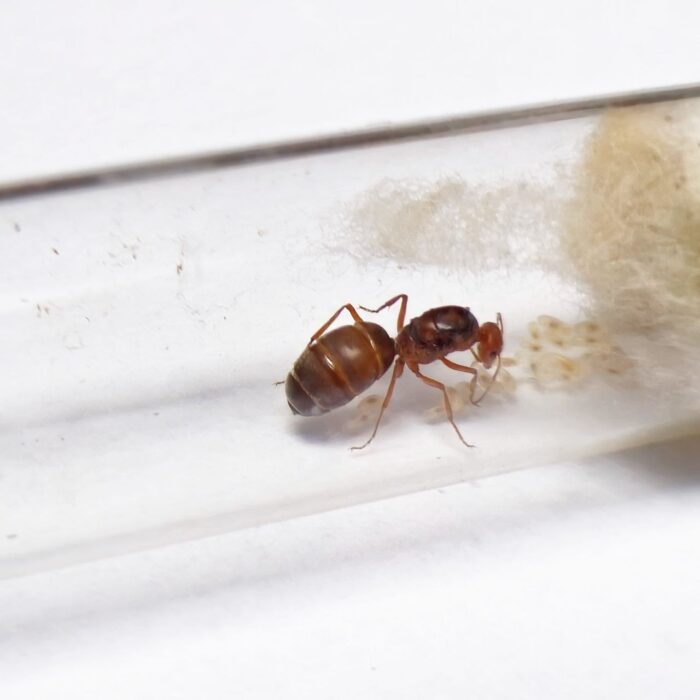


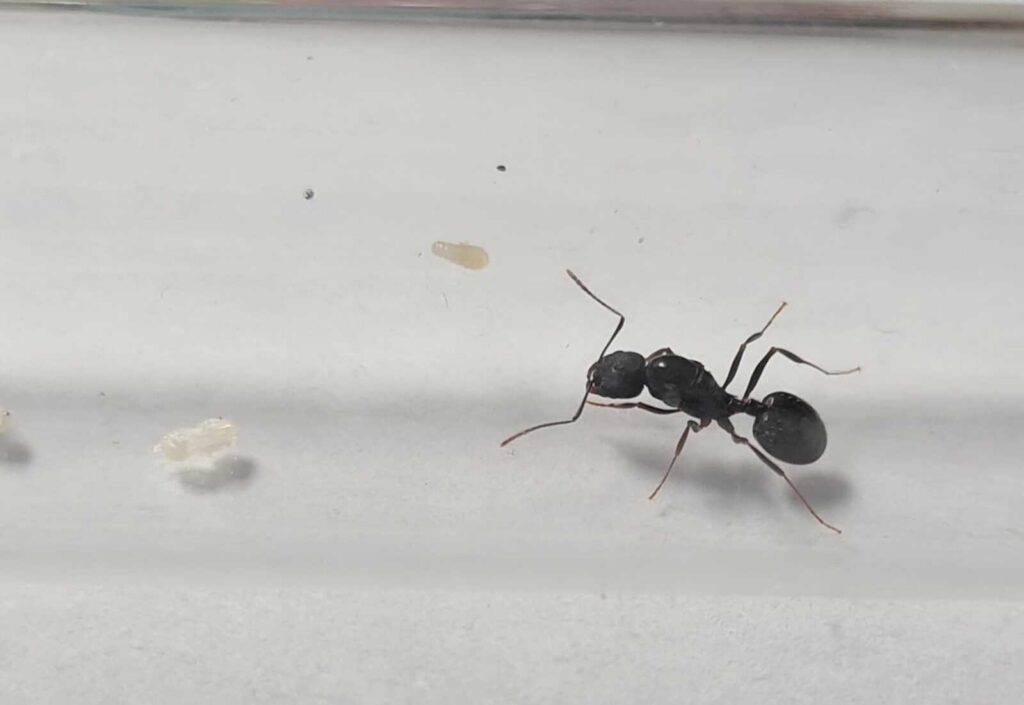
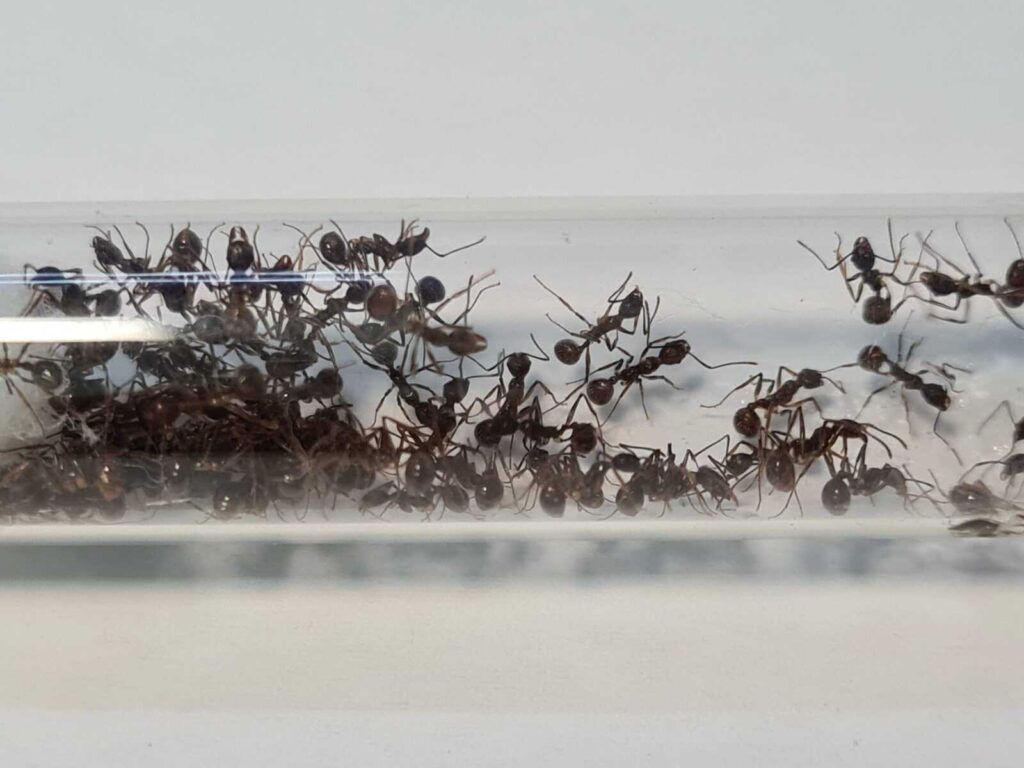
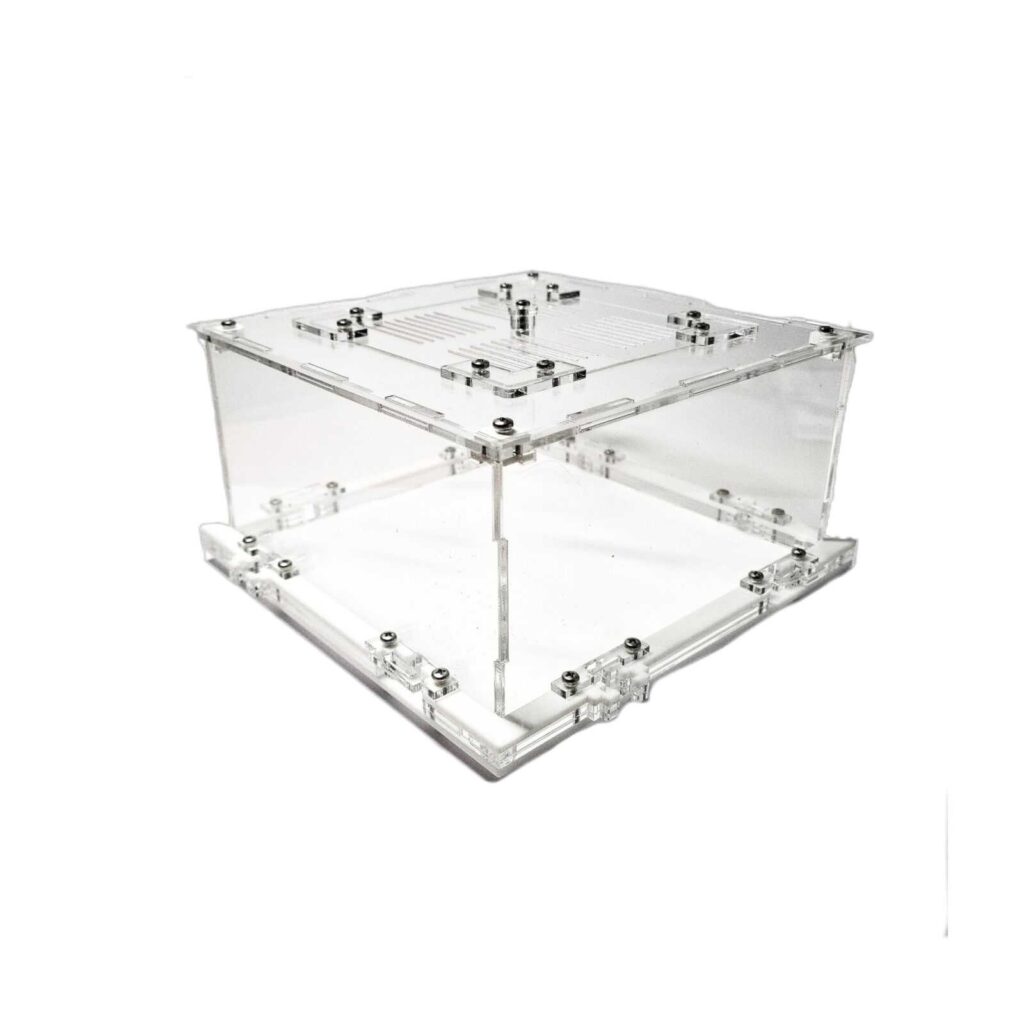
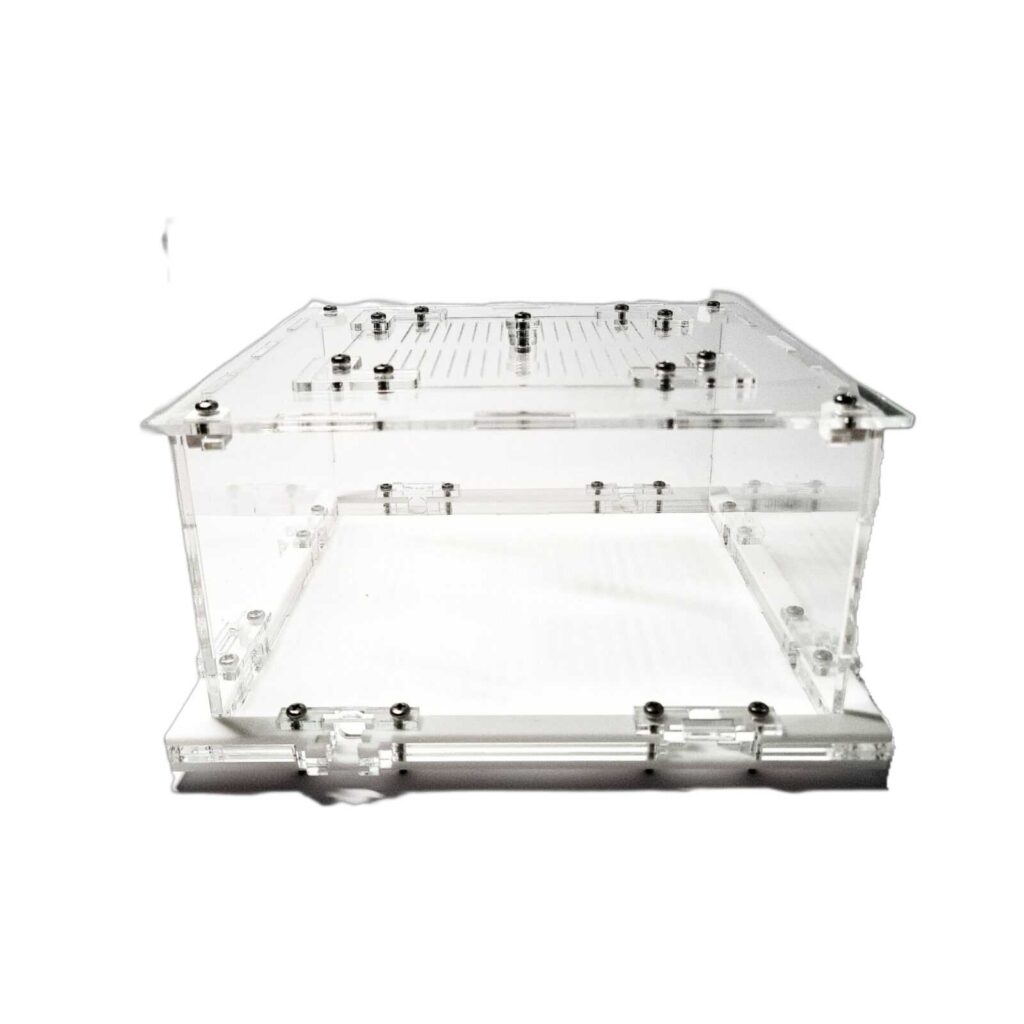
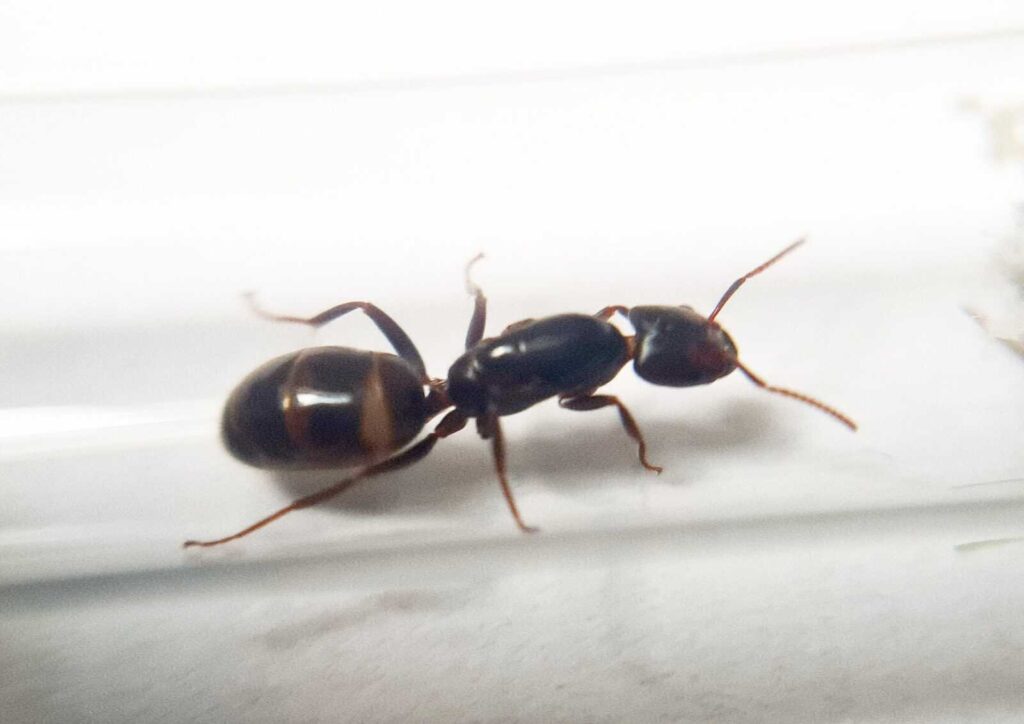

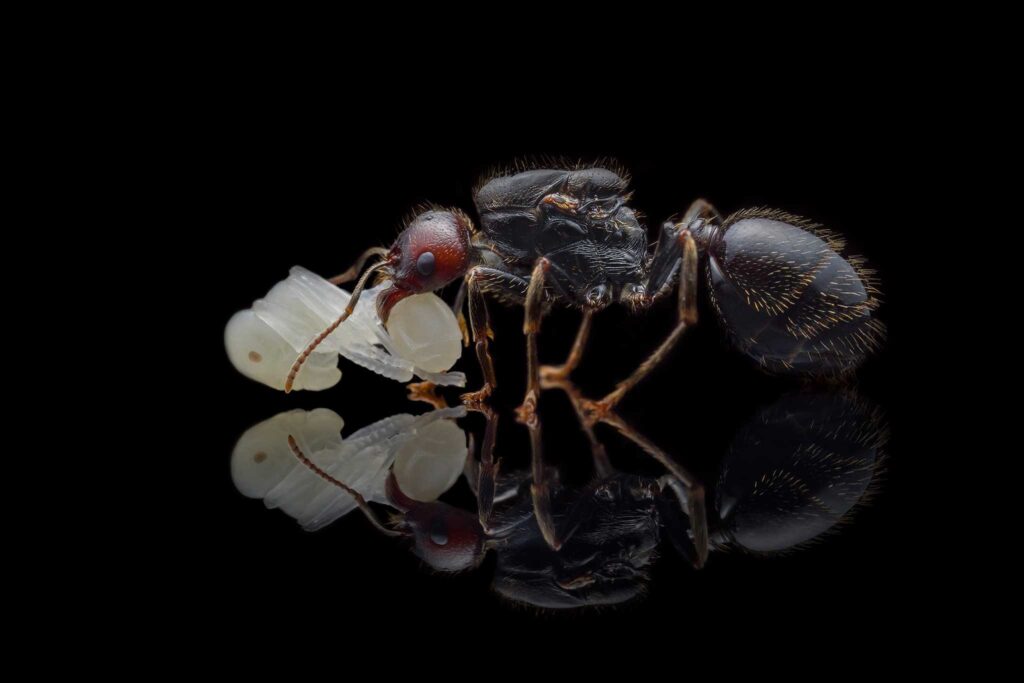
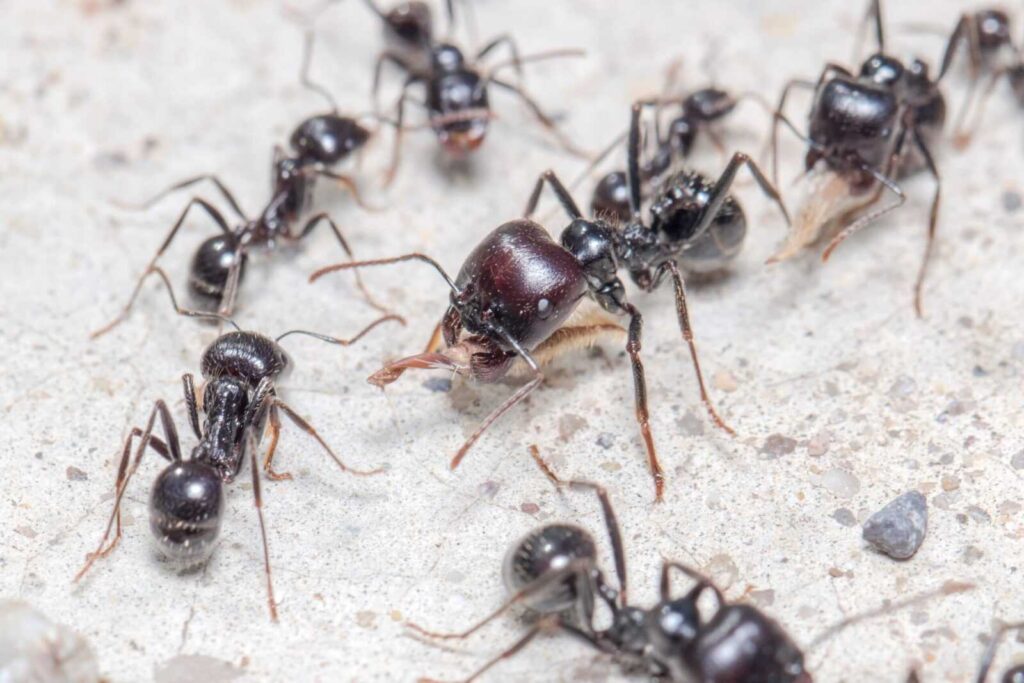
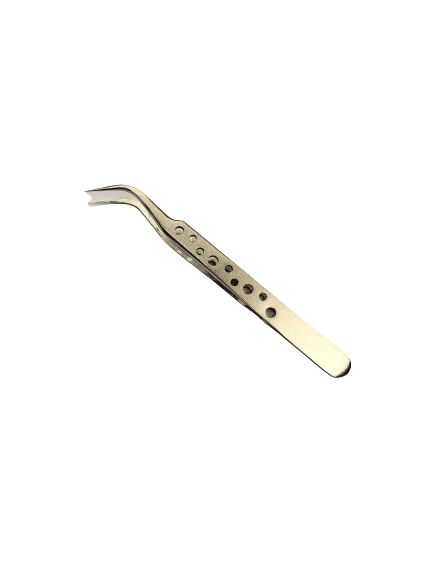
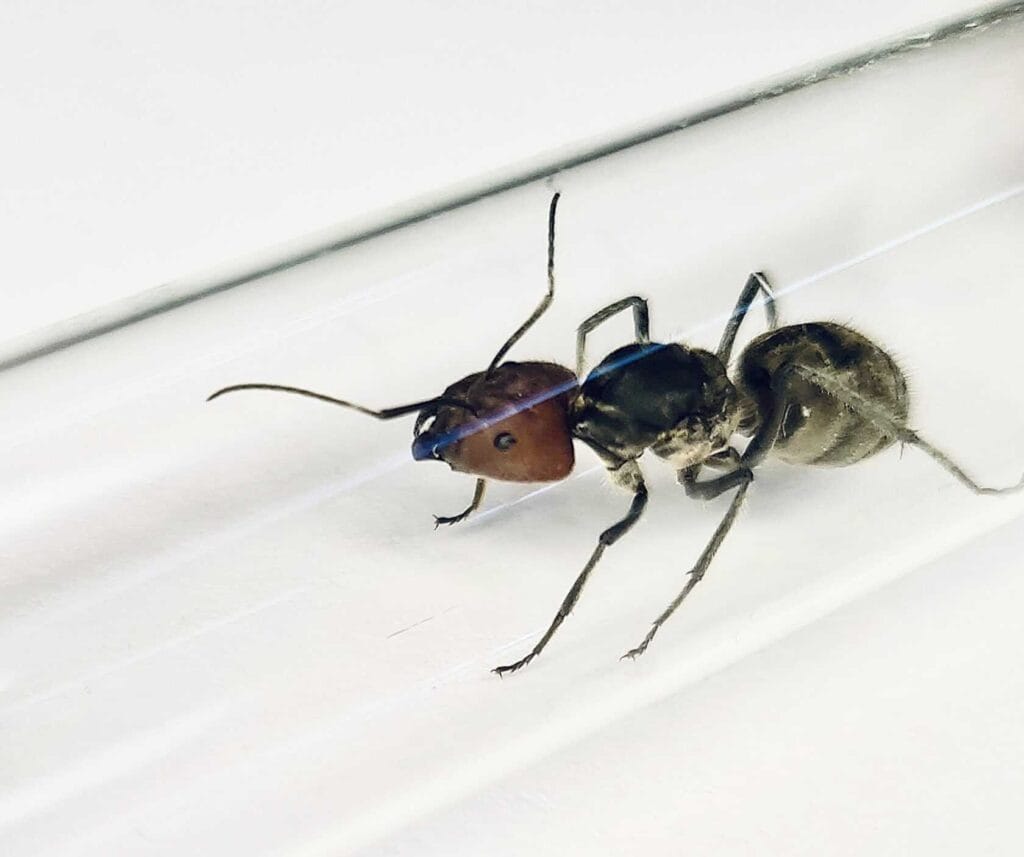
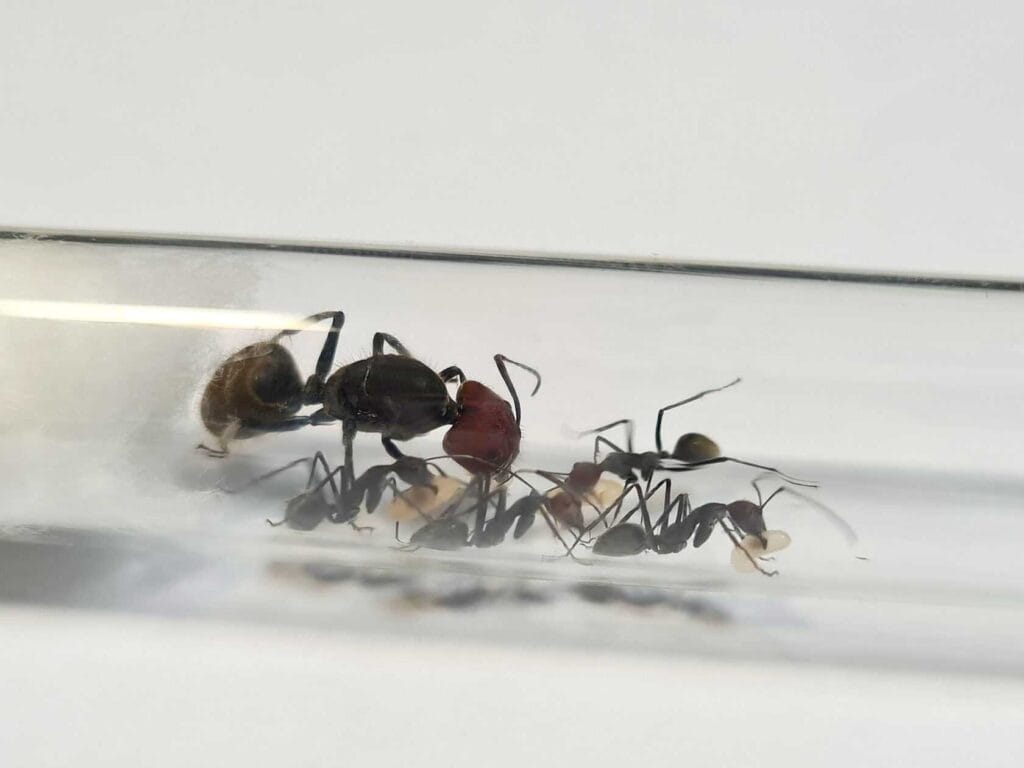
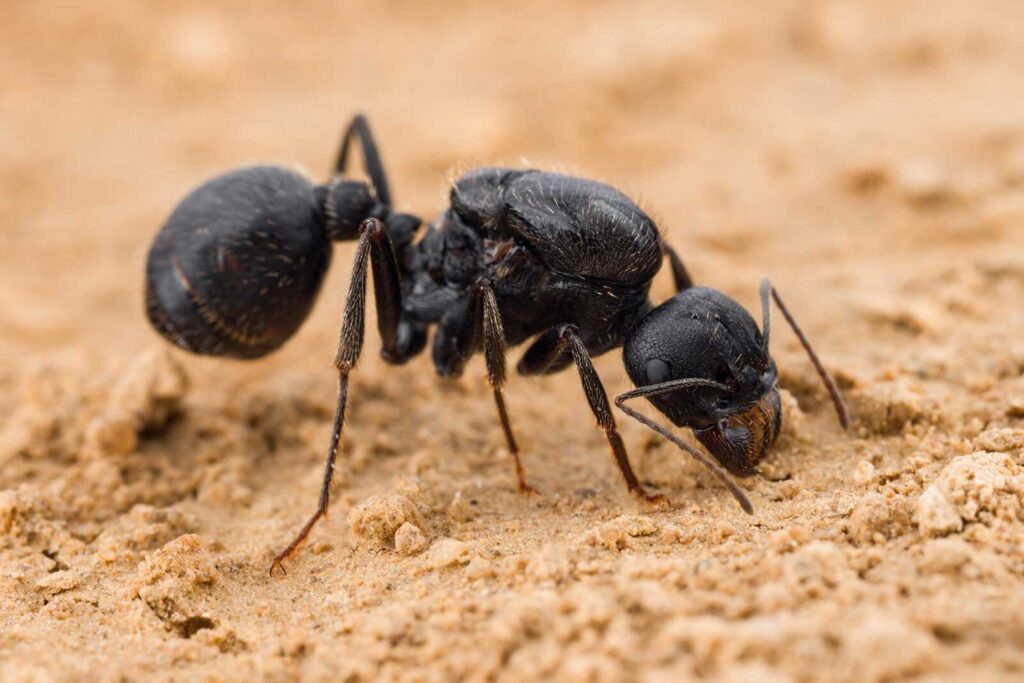
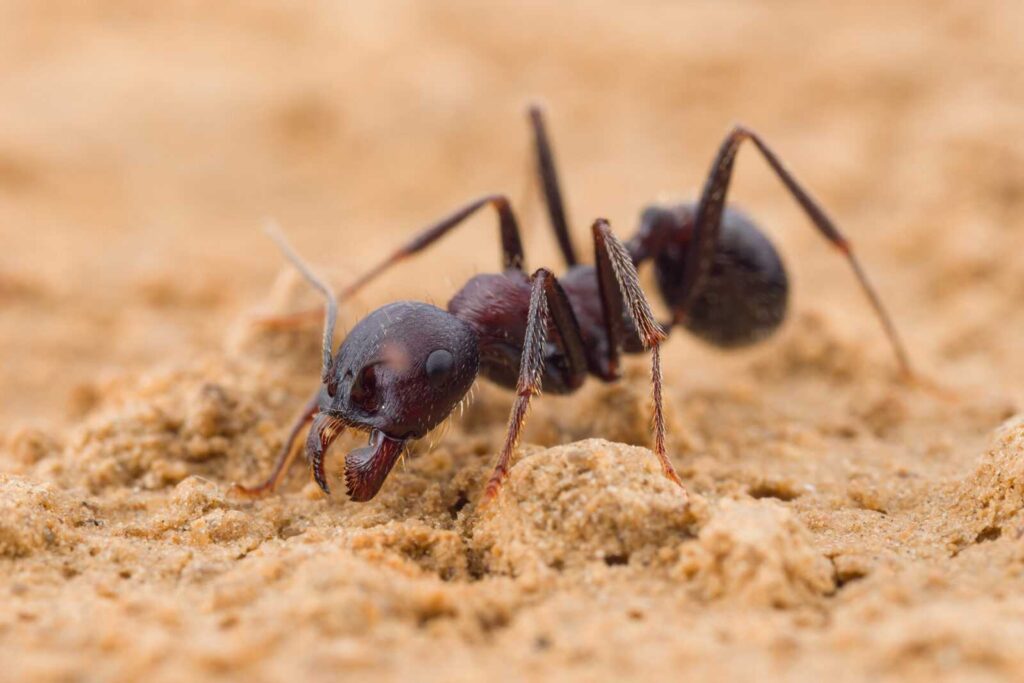
Reviews
Clear filtersThere are no reviews yet.